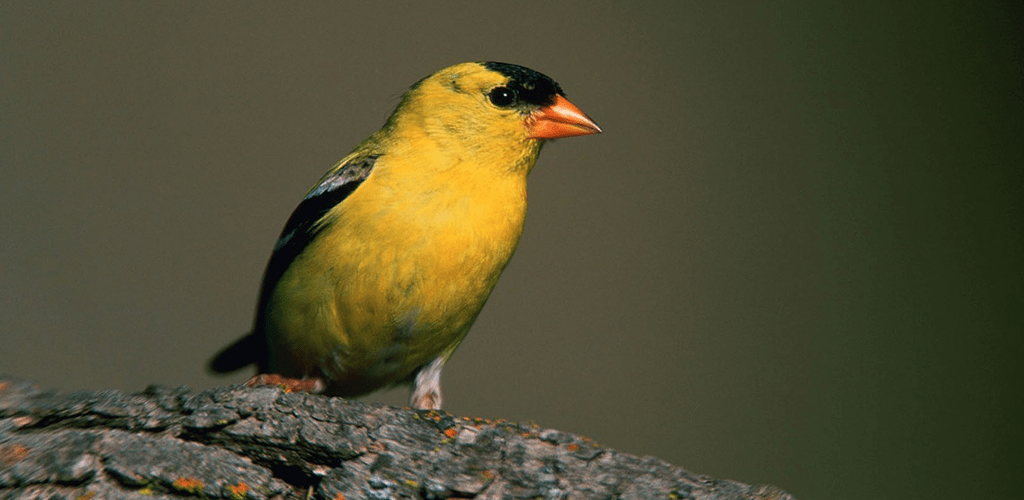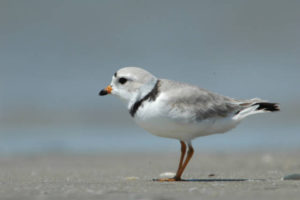We have much more to do and your continued support is needed now more than ever.
Affiliate of the Week: New Jersey Audubon

In honor of our 80th Anniversary celebration throughout 2016, the National Wildlife Federation is recognizing each of our Affiliate Partners in a special “Affiliate of the Week” blog series that showcases the dedicated conservation efforts taking place across the country each day. This week we celebrate our affiliate, the New Jersey Audubon, and their commitment to wildlife.

Who We Are
Conservation is alive and happening in the Garden State. Founded in 1897, the New Jersey Audubon is a privately supported, not-for profit, statewide membership conservation organization. As one of the oldest independent Audubon societies, the New Jersey Audubon recognizes that although humans are the cause of much of our environmental damage, we are also able to protect and make better the planet on which we all live. Subsequently, the New Jersey Audubon makes deliberate choices about how they impact the planet through their conservation work.
What We Do
New Jersey Audubon’s goals focus on three key areas: Forests and farms, coasts and wetlands, and cities and towns. Drawing upon their expertise in research, stewardship, advocacy, and education, they model what conservation success can and should look like, and convey a message of hope that nature and wildlife will be protected, respected, and accessible for all.
Since its beginning, New Jersey Audubon has been leading the way in developing and conducting a variety of environment-based programs including family nature walks, bird watching field trips, school programs, summer camps, adult workshops, eco-travel, adult classes and teacher professional development.
New Jersey Audubon’s conservation work includes programs such as their ecological forestry initiative, international shorebird conservation plan, their leadership of the Delaware River Watershed initiative, and urban and suburban habitat restoration efforts. The New Jersey Audubon also maintains stewardship of over sanctuaries and conducts its programs through eight staffed facilities.

Making a National Impact
Today, New Jersey Audubon’s innovative efforts connecting people with nature right where they live and work are yielding positive outcomes: farmers are turning fields into habitat for birds and other pollinators; utility companies are improving habitat on existing rights of way; corporations are converting sterile lawns into rich grassland habitat; urban schoolyards are emerging as butterfly gardens; suburban communities are promoting reforestation; and government is managing and preserving land, while laws are being passed to make it easier for all of us to do the right thing.

New Jersey Audubon also conducts research projects to utilize sound scientific principles and practices in designing projects and programs that focus on natural resource conservation issues related to wildlife and their natural habitats. Data and reports resulting from these projects become tools for making and supporting decisions on conservation policy development, species conservation, and land stewardship initiatives. These decisions may occur at the local, state or even regional level.
In recent years, New Jersey Audubon has worked to help provide data on pressing environmental matters such as the horseshoe crab/shorebird phenomenon and their inter-dependence and population declines, wind energy development as it relates to migration flyways, and airport grasslands management to support grassland breeding birds. In addition, they continue to develop and maintain tools like their atlas, The Birds of New Jersey, to preserve and protect our country’s natural heritage.
The natural world is ours to celebrate. By working in partnership with other organizations and individuals, we can restore habitat and improve conditions for wildlife.
Get Involved
Register now for the New Jersey Audubon’s 2016 Cape May Fall Festival this October!
Connect with NJA
Connect with New Jersey Audubon to keep up with their latest conservation efforts through their Facebook, Twitter, Instagram, or by visiting their website.






















